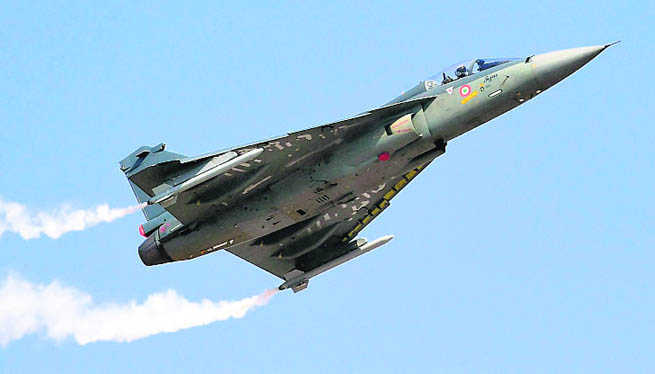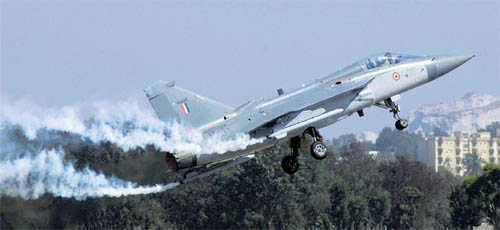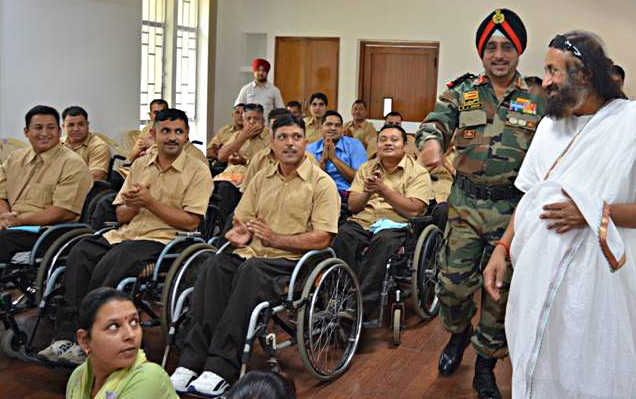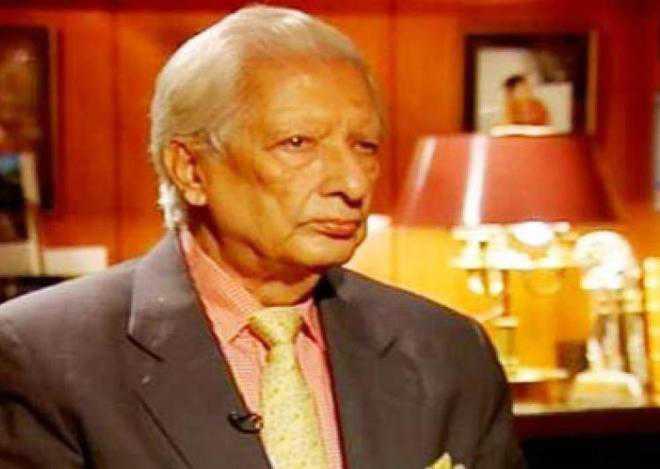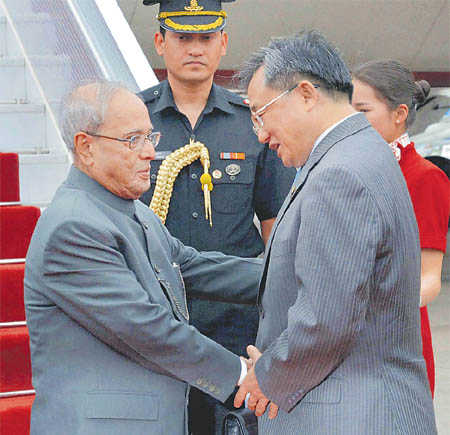Security forces have suffered losses in recent months, but most were soft targets hit by a militancy on the back foot
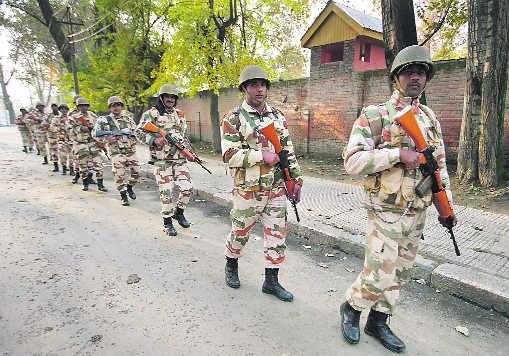
Road Opening Procedure is the weakest link of any counter-terror operation. Tribune photo
The last two weeks have witnessed multiple contacts between terrorists and the Army and police in Jammu and Kashmir. In the LoC segment, marked successes have been witnessed against infiltrating elements from PoK in Uri, Naugam, Handwara, Tangdhar and Lolab. All these lie within the counter-infiltration zone where response capability has ensured failure of Pakistan in enhancing the terrorist numbers in the hinterland.In South Kashmir too, where a new militancy is supposedly in place, with local content, the operations have been largely successful despite a few losses. The Army, J&K Police and the CRPF have got their act together to establish SOPs to defeat the new tactics adopted by terrorists in instigating flash mobs at encounter sites with the help of social media. South of the Pir Panjal, in the Jammu sector, the situation is largely peaceful although threats in Jammu and Kathua are ever present.A single incident of ambush of a CRPF bus on June 25 at Pampore, causing a loss of eight precious lives, has upset the ratio of achievements this summer. Prior to this, in February, a CRPF bus was similarly ambushed at Pampore, leading to a standoff at the EDI building which saw the loss of two Special Forces officers. In early June, Anantnag saw the ambush of a BSF bus with the loss of three policemen; two more policemen were killed in Anantnag town shortly thereafter. Preceding this was a strike against unarmed traffic policemen in Srinagar city. A 5kg IED was also discovered in time in Srinagar.Does all this negate the achievements in North Kashmir? Do they indicate a loosening hold on the security situation? These are the questions many of our countrymen are asking through social media. There is also another question that many casual observers of the J&K situation ask. Is this back to the Nineties, when terrorists supposedly held sway over much of the Valley and could strike at will? This needs professional, truthful and reassuring answers.Firstly, I did warn a summer ago that the situation emerging in J&K is typically one which is termed the “last mile”. It is characterised by low terrorist strength and high security force casualties. In addition, it results from the choice of the softest targets by the terror groups and no upfront operations to confront the troops. In their hurry to finish the remnants of the terror movement (140 to 180 terrorists is the figure being spoken of) the Army and the police tend to take more risk, and some degree of complacency sets in.Secondly, we need to rest any conjecture that this is loss of control over the situation. In dying moments of militancy, it is usual to witness spurts of terror activity. Apprehensions that a huge number of Lashkar linked terrorists have infiltrated and are responsible for these actions need to be placed at rest. It does not need more than two terrorists to execute such acts if they are willing to sacrifice their lives. That is exactly what has been happening in the last few weeks.The soft targets which have taken hits have all been on roads and mostly on the national highway between Srinagar and Anantnag. To me it appears the realisation by the terrorist planners and leadership that the weakest link in the chain of activities which make up the counter-terror (CT) grid lies in road protection.Ask any experienced military professional or practitioner and he will tell you that in CT operations it is the Road Opening Procedure (ROP) which is the weakest link of any force. It is also the practice which is given least focus. Ideally, the ROP, to protect movement of logistics and other soft elements of the forces in the Pampore area, should involve domination by patrolling, of an area approximately 3 km on either side of the road, i.e., a 6 km corridor.There should be some presence of troops near the villages in the corridor to prevent unchecked movement. The road itself needs a physical check every morning for presence of IEDs near and under culverts and thereafter a presence of personnel on the road itself or just a few meters away to observe the area beyond. At the time when convoys are expected to arrive, and there are many such convoys in the Valley, a special alert needs to be sounded through the communications available. A proper vigil will render impossible the entry of any alien and inimical elements near the road if the alert is sounded and SOPs adhered to.Unfortunately, it does not happen that way because the ROP in the Valley and south of the Pir Panjal is executed every day and usually by the same units and sub-units. It is routine, extremely tough on the mind, and exasperatingly boring. A human cannot be alert through 12-hour stretches on duty looking at the same scenery and awaiting the same situation. The Valley’s huge troop deployment, political seat of authority and commercial activity forces the ROP every day. If a proper ROP has to be followed, no road will be declared open for traffic before 8 am; the Army and CRPF convoys will then depart and Srinagar will come to a crawl in terms of traffic with massive delays for office-goers.In 2011, facing this dilemma and challenged by demands to do something, the Army risked moving its convoys very early in the morning with only road dominating patrols ahead and half-done ROP. It left the national highway free for the public at office time; it was much appreciated and no incident occurred, but it cannot go on. With repeated incidents on the highway, the CRPF is now under pressure and will have to follow procedures with full supervision to arrest the current trend. This will have a cascading effect on public movement and will lead to frustration, the very thing we wish to avoid in the mood of the public at a time when the situation moves towards normalcy.Can the security convoys move at night? They did many times during the agitation of 2008-10. ROP at night is difficult; it was done with greater risk than day primarily to avoid mobs. Adopting this as a routine may not be possible.The answer to road security lies in frontline police leadership, taking all measures to break the monotony of the CRPF men, improving their welfare during off duty hours, restricting the number of days on duty in a week and other such soft measures. Equally, the Army’s Rashtriya Rifles invariably reinforces ROPs at hot spots and at crucial timings. This informal arrangement needs more coordination so that enhanced corridor domination is ensured. These are issues for the Unified Command and the Core Group but even more so for coordination at tactical levels.A temporary situation arising out of a negative incident and some losses in the season is no reason for despondency. If you understand CI operations, the ‘last mile’ effect still prevails.
The writer, a former commander of the Srinagar-based 15 Corps, is a Fellow with the Vivekananda International Foundation & Delhi Policy Group.























































